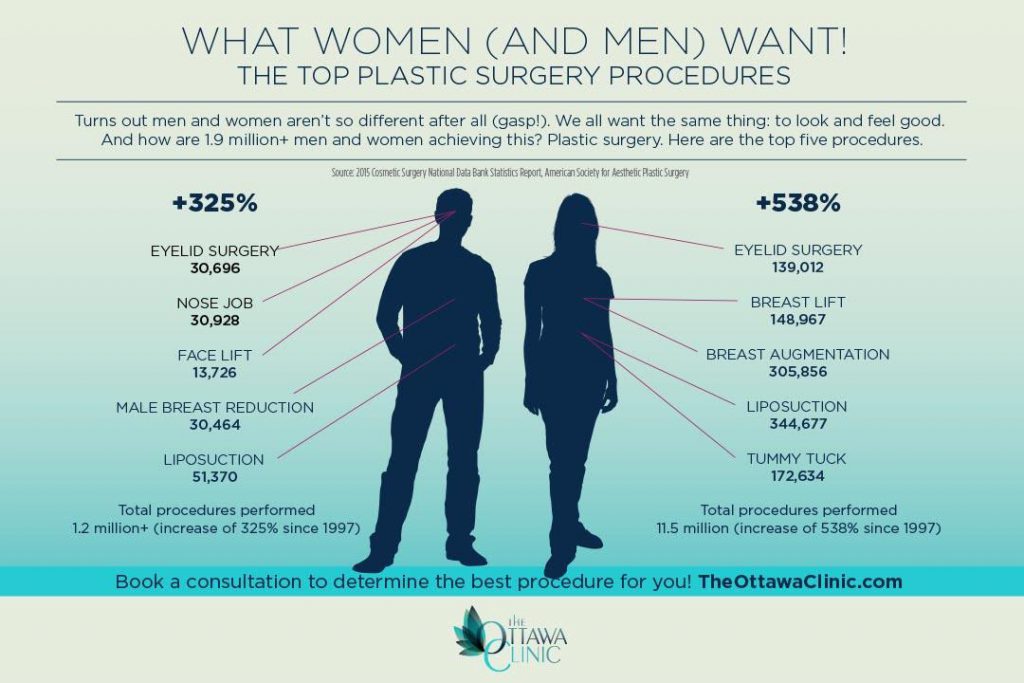Daily Care Tips
Daily Care Tips
Blog Article
Hormone Acne - What is Hormonal Acne?
Hormonal acne is characterized by clogged pores and oily skin that generally shows up on the chin and jawline. It takes place when hormonal changes activate swelling and microbial overgrowth within hair follicles.
Outbreaks may appear as whiteheads, blackheads, papules or pustules and cysts or nodules in a lot more severe cases. It is much more typical in teenagers experiencing puberty but can affect adults of any type of age.
What Triggers Hormonal Acne?
While acne can be triggered by a range of aspects, consisting of making use of hair and skin treatment items that aren't oil-free or made with ingredients that could clog pores, genetic predisposition, diet,2 and tension, the source is varying hormones. Hormone acne happens when the body experiences hormone modifications and changes that result in an overproduction of sebum, which causes inflammation, enhanced growth of bacteria and changes in skin cell activity.
Hormone acne is usually located on the reduced jawline, cheeks and neck yet can show up anywhere on the body. It is defined by acnes that are cystic, excruciating and loaded with pus or various other product. It is likewise most likely to happen in ladies than guys, particularly during puberty, the menstrual cycle, maternity or menopause.
Age
While several children experience acne at some point during puberty, it can continue to torment grownups well right into the adult years. Referred to as hormonal acne, this form of outbreak is tied to changes in hormonal agents and is usually most common in ladies.
Hormonal acne happens when oil glands create way too much sebum, which obstructs pores and catches dead skin cells. This causes the development of imperfections, such as whiteheads, blackheads and papules, pustules, cysts or nodules, deep under the surface area.
This kind of acne typically causes pain, inflammation and swelling. It may also be cyclical and appear around the exact same time every month, such as right prior to your period starts. This is since degrees of female hormones like progesterone and oestrogen fluctuate with each menstruation.
Menstrual Cycle
Hormonal acne normally appears in the lower part of your face, along the jawline and cheeks, as whiteheads, blackheads or inflammatory acnes (acnes and cysts). It's more than likely to show up around the time when your menstruation modifications.
Particularly around ovulation, when estrogen and progesterone degrees get on the rise, hormone variations can create outbreaks. However it's also possible to get acne at any factor throughout your 28-day menstrual cycle.
If you discover that your hormonal acne flares up right before your period, attempt seeing when specifically this takes place and see if it associates with the phases of your 28-day menstrual cycle. This will aid you determine the origin of your skin difficulties. For instance, you may intend to deal with balancing your blood sugar and eliminating high-sugar foods, or consider a prescription drug like spironolactone that can control your hormones.
Maternity
Growing a child is a time of remarkable hormonal adjustments. For numerous here females, this includes a flare-up of hormone acne. This kind of breakout normally begins in the initial trimester, around week 6. It's triggered by hormone rises that stimulate sweat glands to make more oil, which can obstruct pores and create more bacteria to develop.
Breakouts might also take place as a result of pre-existing conditions like polycystic ovary disorder, which can also be a concern during pregnancy and menopause. Also, some sorts of birth control pills (such as Ortho Tri-Cyclen and YAZ) can set off hormone acne in some females.
Thankfully, the majority of acne treatments are "no-go" for pregnant ladies (consisting of preferred acne-fighting active ingredients such as isotretinoin and spironolactone). But if you can't prevent those annoying bumps, your doctor may recommend dental erythromycin or cephalexin, which are secure while pregnant.
Menopause
As women come close to menopause, the estrogen degrees that caused their hormone acne to flare up during adolescence begin to support and lower. At the same time, nonetheless, a spike in androgens (additionally known as male hormones) occurs because these hormones can't be converted into estrogen as successfully as previously.
The unwanted of androgens can cause oil manufacturing by the sweat glands, which obstructs pores. When the clogged up pores become swollen and inflamed, an acne kinds.
Hormonal acne is normally seen on the face, particularly around the chin and jawline, however it can take place on the neck, back, shoulders, or chest. This kind of acne often tends to flare up in a cyclical pattern, comparable to the menstruation. Tension, which boosts cortisol and tosses hormones out of balance, additionally contributes to the breakouts.